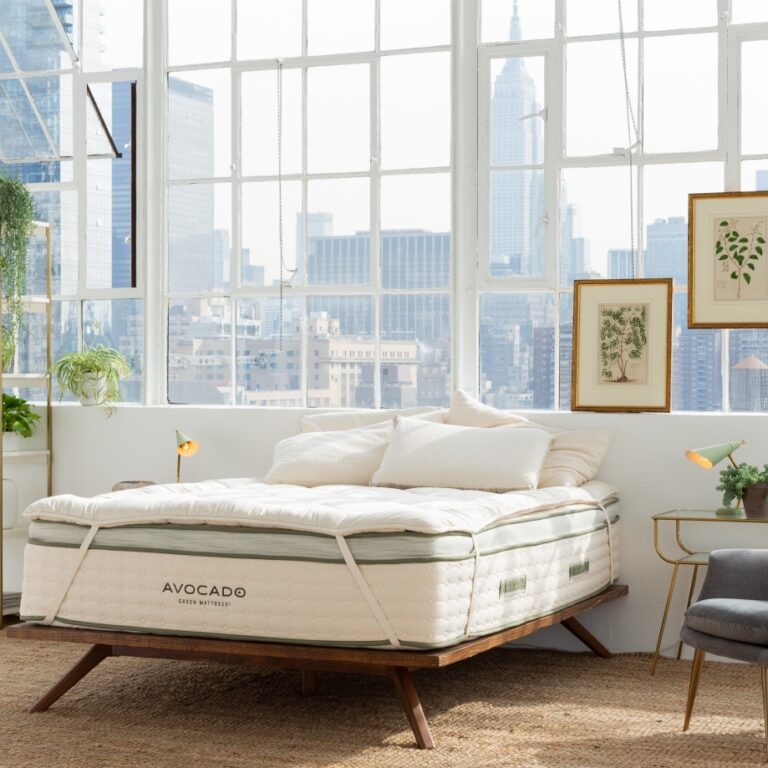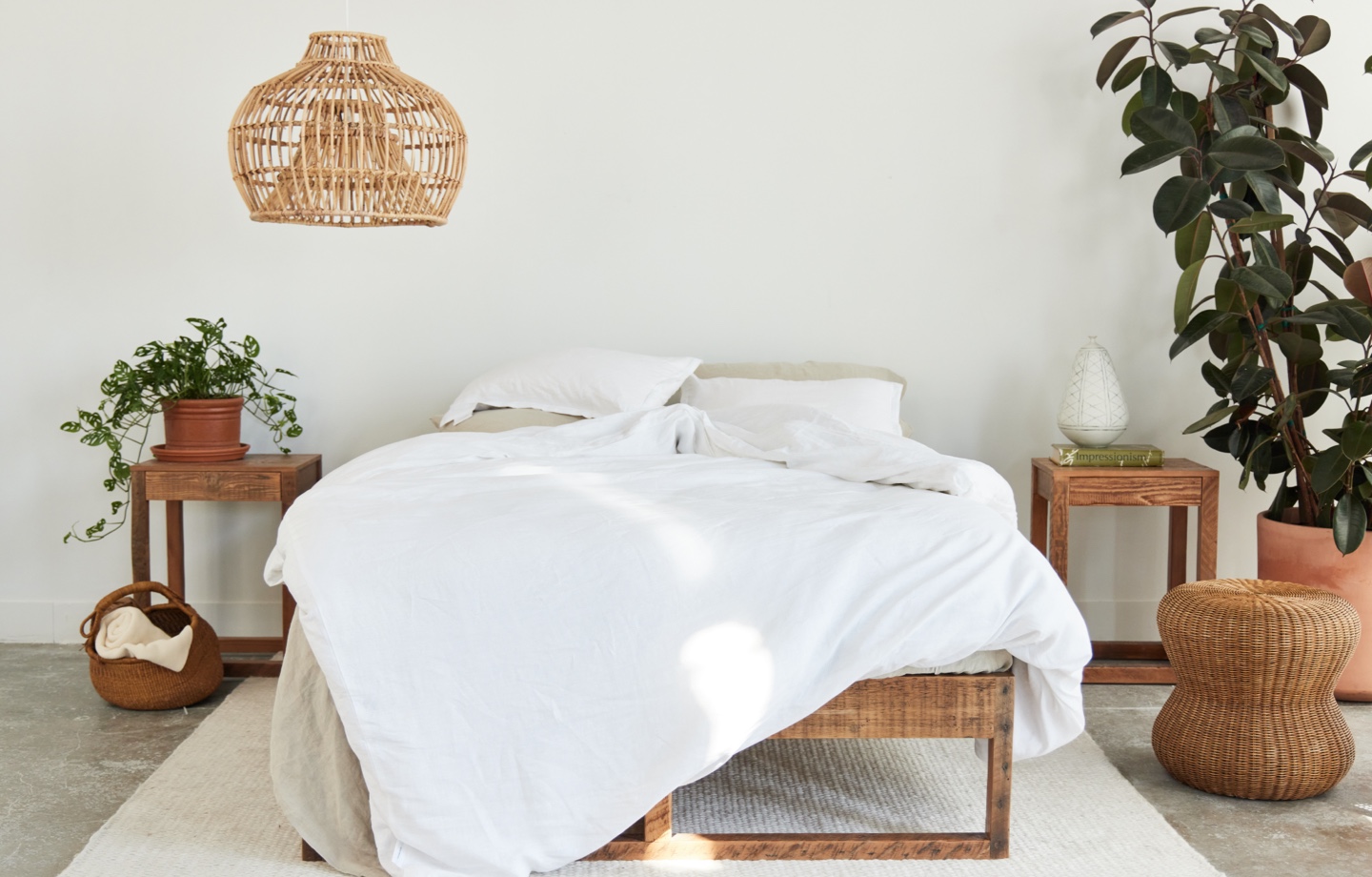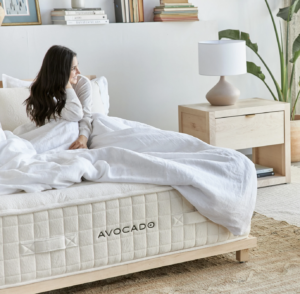Spring is a time to relish flowers, longer days, and warmer weather. The only downside? The allergies this season ushers in.
Allergy sufferers know the signs: watery, itchy eyes; sneezing fits; a runny nose; and even hives. Everyone has their trusted remedies for lessening the symptoms, from over-the-counter antihistamines and local honey to nasal irrigation and good ol’ Father Time. However, most of these methods are better suited for tackling outdoor allergies caused by high pollen counts. But there’s more to our sniffles than budding blooms — indoor allergens can be just as bothersome.
Luckily, there are precautions you can take to lessen symptoms caused by indoor irritants. Even better news: Most of these tactics are easy — some are even as simple as embracing an unmade bed or swapping out synthetic bedding for a natural alternative.
Ready to feel better? Here are six of our go-to ways to tame indoor allergies and create an allergen-friendly home.
Read more: How to Prepare For Allergy Season
Type A readers may bristle at this one, but hear us out. Studies suggest that making your bed can trap parasites such as dust mites between the sheets (cue involuntary shudder). Mites feed on your dead skin cells, and their feces can exacerbate allergies. What’s more, your sheets — which provide a dark, warm habitat — can serve as a breeding ground for other unwanted guests, like fungi and bacteria. All of which can contribute to more sniffles. An unmade bed, on the other hand, allows your bedding to air out. So the next time your seasonal allergies strike, feel free to drop this chore from your list.
Another way to remove allergens from dust mites is to vacuum your mattress daily. A 2019 study showed that vacuuming can reduce symptoms of allergic rhinitis, or nasal inflammation caused by allergens. This daily habit can cut down on all that debris, allowing you to breathe easier (literally).
If pulling out the vacuum daily feels like a pain, consider investing in a small handheld version that you can stow in your nightstand or under your bed.
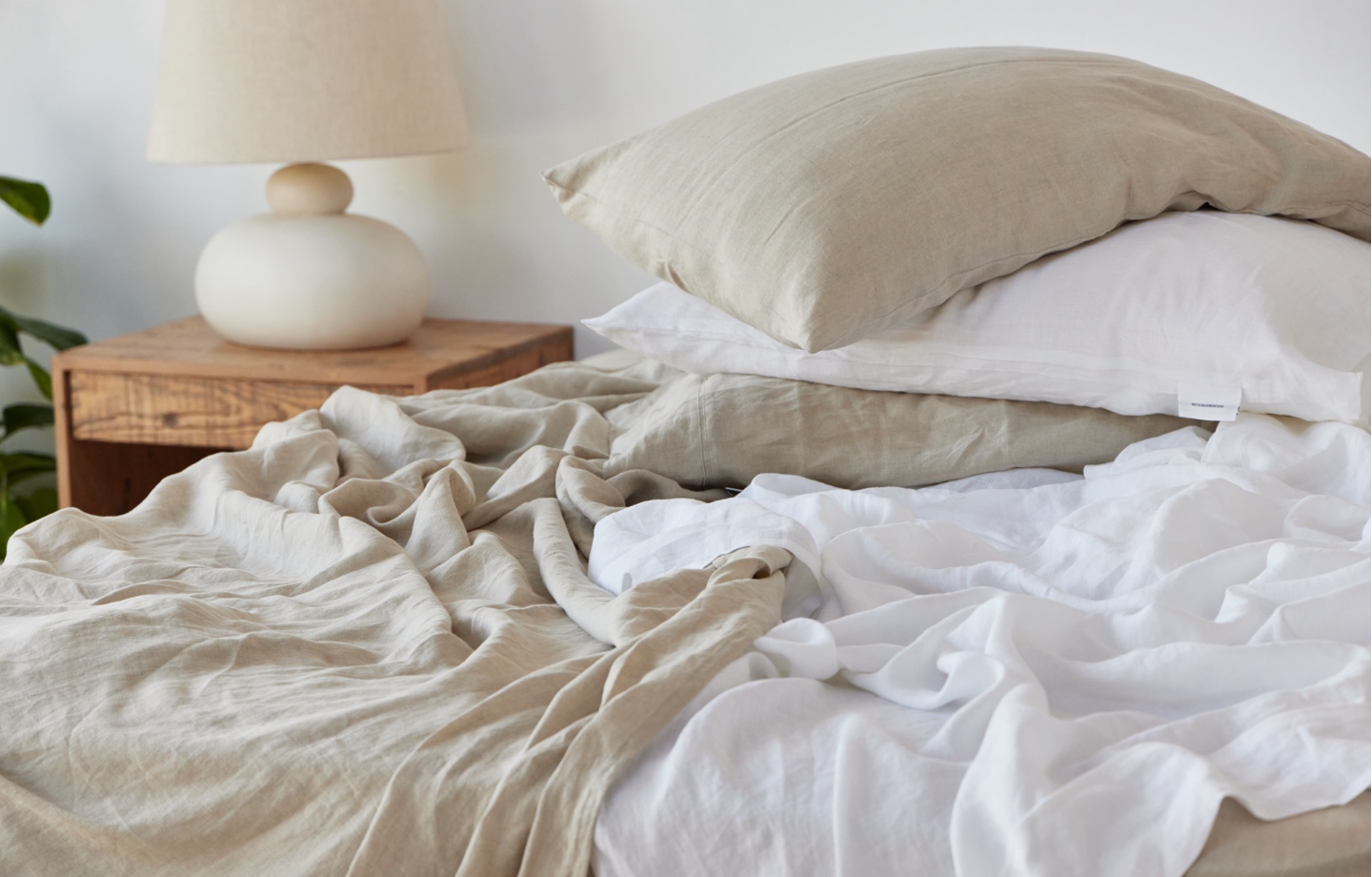
Read more: 8 Nightstand Essentials to Support Your Routines
During colder months, you may use a humidifier to add a little moisture to the dry air. But in excess, humidity can worsen indoor allergies and create a breeding ground for dust mites, which thrive in moist environments. To avoid this, keep the humidity between 40 and 60 percent (you can track this by using a hygrometer).
Solid bedding can make a world of difference when it comes to catching zzz’s — after all, there’s nothing cozier than soft, fresh sheets. But did you know your bedding choice can also affect your allergies? Multiple studies suggest that synthetic bedding is associated with asthma, allergic rhinitis, and eczema because synthetic bedding has a higher level of dust mite allergens (the study compared synthetic materials to feathered bedding). Studies also show that synthetic bedding is associated with higher asthma-related hospital visits.
What is natural bedding? Think sheets made from materials that are naturally resistant to dust mites. All of Avocado’s sheets are made from natural, organic, breathable materials, like linen, cotton, and hemp.
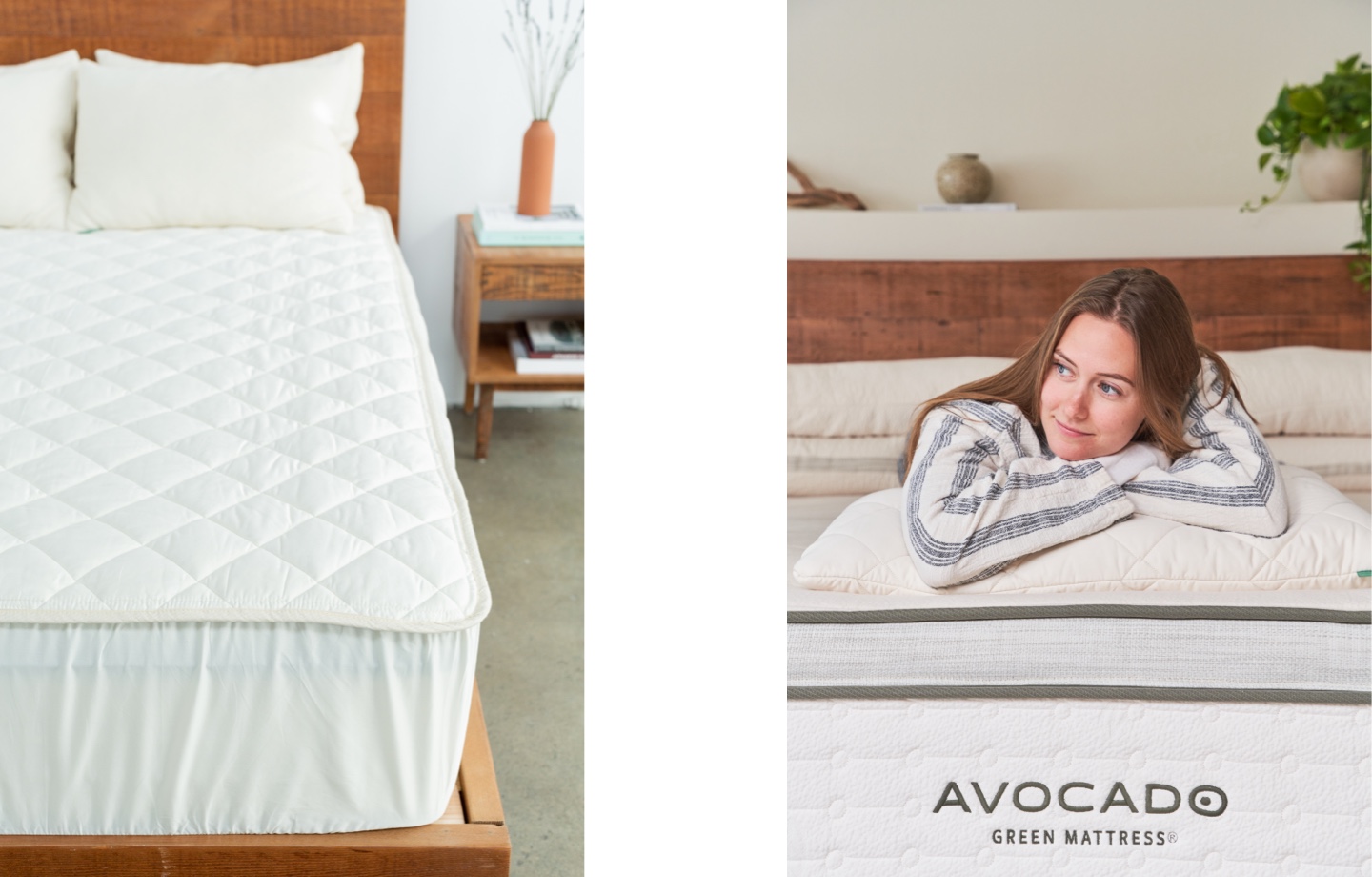
Read more: The Best Fabrics For Deep Sleep
Just like dust mites can shack up in your sheets and mattress, they can also stake a claim on your pillow. That’s why the experts at the Asthma and Allergy Foundation of America recommend investing in either an asthma and allergy friendly pillow or pillow cover. According to the AAFA’s site, these certified pillows and cases should meet multiple criteria: They should have an outer fabric that blocks allergens like dust mites; be breathable; withstand the regular cleaning necessary to remove allergens; and be void of allergy-triggering chemicals.
For cleaner air indoors, invest in an air filter. Air filters are key to keeping out dust, pollen, mold, bacteria, and other airborne particles (within a certain size) in our homes. An added perk is that they can even help remove certain smells, like those from cooking.
According to experts at the American College of Allergy, Asthma and Immunology, there are two types of filters to consider: a HEPA (high-efficiency particulate air) filter or a MERV (minimum efficiency reporting value) filter. A HEPA filter is a good choice if you’re filtering a single room, while a MERV is a good addition to a home with an existing HVAC system. That said, always do you research — some systems may do more harm than good.
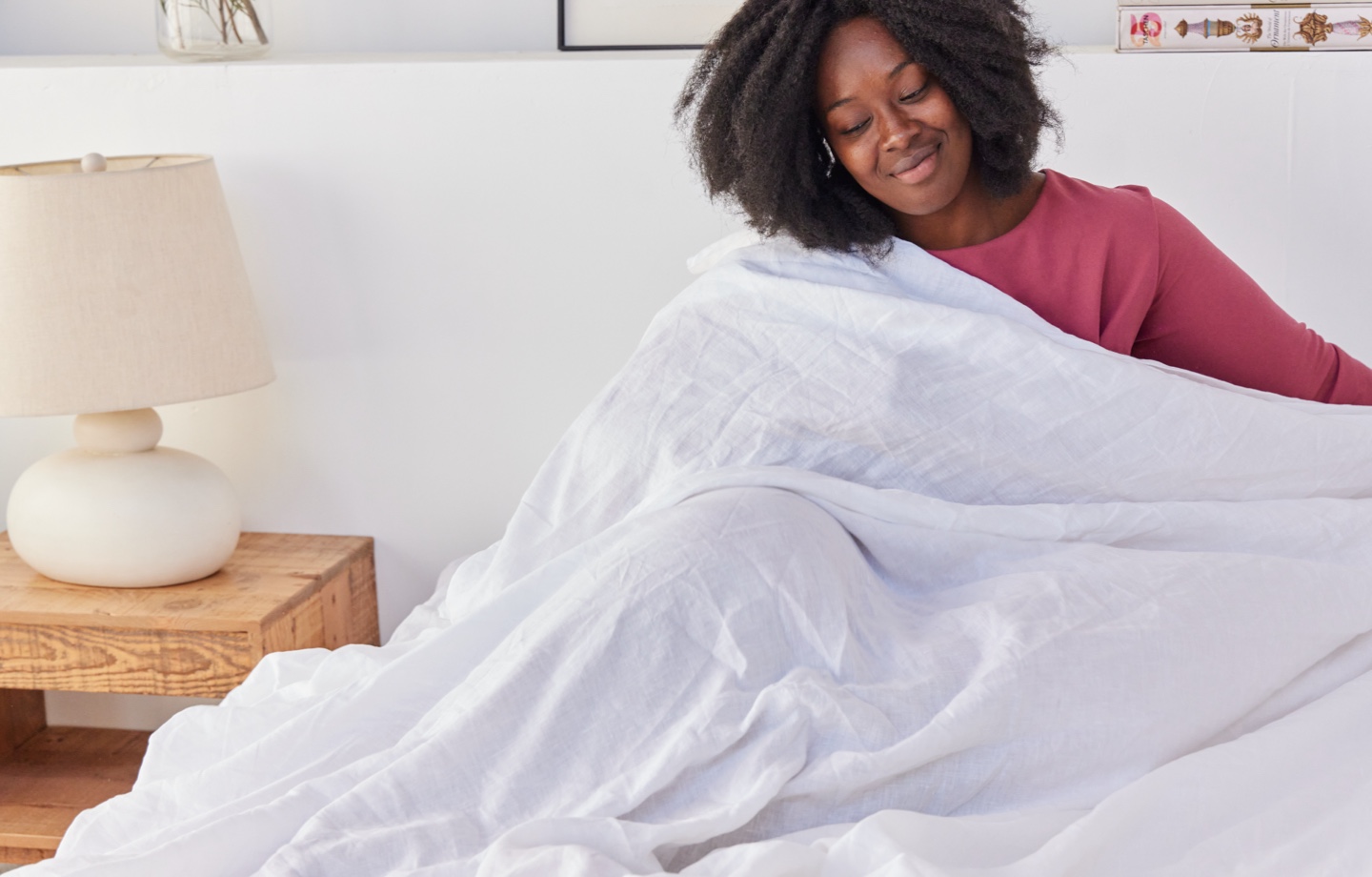
Read more: How to Improve Your Home’s Air Quality
Have feedback on our story? Email [email protected] to let us know what you think!
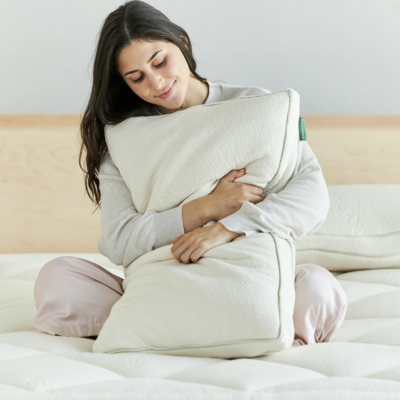
Shop Pillows
The Essential Organic Pillow Collection
Gentle, breathable, non-toxic support.


